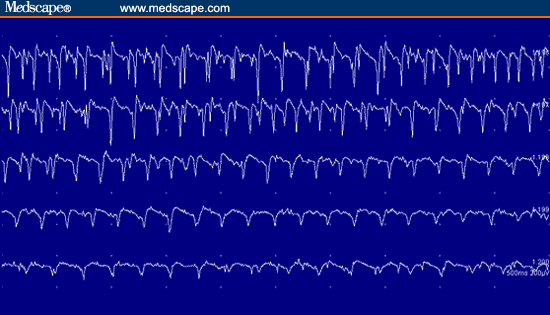
Lower motor neuron signs include the following: These are described in the tables for limb ( table 1), bulbar ( table 2), axial ( table 3), and respiratory ( table 4) signs and symptoms associated with ALS. Physical examination - The presence of both upper and lower motor neuron signs in multiple segments is required for the diagnosis of ALS. (See "Familial amyotrophic lateral sclerosis" and "Clinical features of amyotrophic lateral sclerosis and other forms of motor neuron disease", section on 'ALS-plus syndrome'.) Since approximately 10 percent of ALS cases are related to a genetic variant (ie, familial ALS), the history should include a thorough family history focused on any known diagnoses of ALS, other motor disorders, dementia, schizophrenia, and other neurodegenerative diseases. (See "Frontotemporal dementia: Clinical features and diagnosis".) However, overt frontotemporal lobar dementia occurs in approximately 5 to 10 percent of patients with ALS and may be more common in patients with bulbar-onset ALS. In most cases, the symptoms are mild and possibly only detectable with formal cognitive testing. Frontotemporal behavioral or executive dysfunction can precede or follow the onset of motor symptoms in up to 40 percent of patients with ALS. (See "Clinical features of amyotrophic lateral sclerosis and other forms of motor neuron disease", section on 'ALS-plus syndrome'.)Ĭognitive dysfunction does not exclude the diagnosis of ALS. However, if one or more of these features occurs in the setting of otherwise typical ALS, this may be considered an ALS-plus syndrome. Phenomena considered to exclude the diagnosis of ALS are ocular motility disturbances including supranuclear gaze paresis, tremor or other involuntary movements, cerebellar ataxia, extrapyramidal symptoms, and autonomic dysfunction. (See "Clinical features of amyotrophic lateral sclerosis and other forms of motor neuron disease", section on 'Sensory symptoms'.) While sensory symptoms may occur in 20 to 30 percent of patients with ALS, the sensory examination is usually normal. In this setting, the diagnosis of ALS is further suggested by an absence of associated neuropathic or radiculopathic pain, sensory loss, sphincter dysfunction, ptosis, or extraocular muscle dysfunction. The signs and symptoms associated with ALS are described in the tables for limb ( table 1), bulbar ( table 2), axial ( table 3), and respiratory ( table 4) locations. Involuntary weight loss and muscle wasting unrelated to nutrition may also occur. The course is not relapsing and remitting but rather is insidiously progressive. History - The diagnosis of ALS is suggested when there are progressive symptoms consistent with upper and lower motor neuron dysfunction that present in one of four body segments (cranial/bulbar, cervical, thoracic, and lumbosacral) followed by spread to other segments over a period of months to years. There is no single diagnostic test that can confirm or entirely exclude the diagnosis of motor neuron disease. Clinical manifestations of ALS include the presence of upper motor neuron and lower motor neuron signs, progression of disease, and the absence of an alternative explanation. ALS is the most common form of acquired motor neuron disease. (See "Clinical features of amyotrophic lateral sclerosis and other forms of motor neuron disease" and "Epidemiology and pathogenesis of amyotrophic lateral sclerosis" and "Familial amyotrophic lateral sclerosis" and "Symptom-based management of amyotrophic lateral sclerosis" and "Disease-modifying treatment of amyotrophic lateral sclerosis".)ĬLINICAL EVALUATION - ALS is one of multiple degenerative motor neuron diseases that are clinically defined based on the involvement of upper and/or lower motor neurons. Other aspects of ALS are discussed separately. This topic will review the clinical evaluation and laboratory testing needed to support the diagnosis of ALS and other forms of motor neuron disease as well as the differential diagnosis of ALS.

INTRODUCTION - Amyotrophic lateral sclerosis (ALS) is a relentlessly progressive, presently incurable neurodegenerative disorder that causes muscle weakness, disability, and eventually death.


 0 kommentar(er)
0 kommentar(er)
